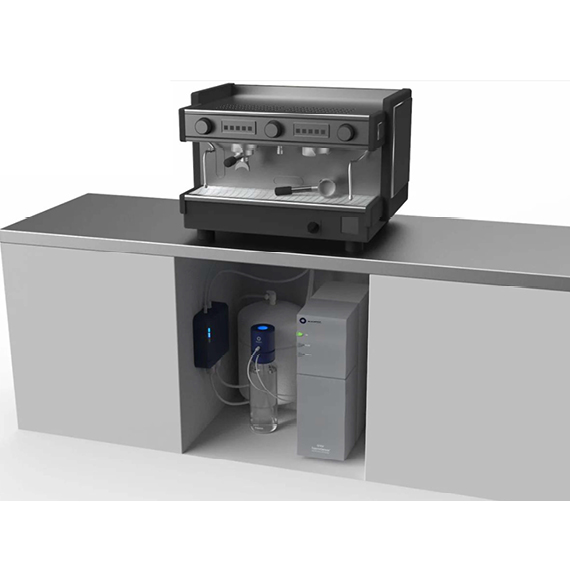Content courtesy of Bluewater Group
Per- and polyfluoroalkyl substances (PFAS) are a group of man-made chemicals used in various industrial and consumer products for their resistance to water, grease, and stains. While these chemicals have practical applications, they pose significant health risks, which have garnered increasing attention and concern.
1. What are PFAS?
PFAS are synthetic chemicals that include PFOA, PFOS, GenX, and many other compounds. These chemicals are used in a variety of products, from non-stick cookware and water-repellent clothing to food packaging and firefighting foams. Their strong carbon-fluorine bonds make them persistent in the environment and in the human body, hence the nickname “forever chemicals”. (EPA)
2. Health Risks Associated with PFAS Exposure
PFAS exposure has been linked to a variety of health issues, including:
Cancer: Studies have shown that exposure to certain PFAS can lead to an increased risk of kidney and testicular cancer.
Hormonal Disruption: PFAS can interfere with the endocrine system, leading to reproductive and developmental issues.
Immune System Effects: There is evidence that PFAS exposure can weaken the immune system, reducing the effectiveness of vaccines.
Liver Damage: PFAS have been found to cause liver damage, including liver enzyme abnormalities.
Thyroid Disease: Exposure to PFAS can disrupt thyroid function, leading to thyroid disease.
Increased Cholesterol Levels: Elevated cholesterol levels have been observed in populations exposed to PFAS.
Developmental Effects in Children: Prenatal exposure to PFAS is associated with low birth weight, skeletal variations, and accelerated puberty. (ATSDR) (CDC)
3. Sources of PFAS Exposure
The primary sources of PFAS exposure include:
Drinking Water: Contaminated water supplies are a major source of PFAS exposure. These chemicals can enter the water system through industrial discharge and the use of firefighting foams.
Food: PFAS can migrate into food from packaging materials or contaminated soil and water used in agriculture.
Consumer Products: Products such as non-stick cookware, water-repellent fabrics, and some cosmetics contain PFAS.
Workplaces: Occupational exposure is common in industries that manufacture or use PFAS, such as chemical plants and textile factories.
4. Reducing PFAS Exposure
To mitigate the health risks associated with PFAS, consider the following steps:
Filter Drinking Water: Use water filters certified to reduce PFAS levels.
Choose PFAS-Free Products: Opt for products labeled as PFAS-free, especially cookware and food packaging.
Advocate for Regulations: Support policies and regulations aimed at limiting PFAS use and improving water quality standards.
Stay Informed: Keep updated on the latest research and recommendations regarding PFAS.
The Bluewater Solution: Cafe Station 1™
A practical solution to reducing PFAS exposure in drinking water is using advanced purification systems like the Bluewater Cafe Station 1™. This innovative system transforms tap water into pure, mineralized water, free from contaminants including PFAS.
Superior Purification: The Bluewater Cafe Station 1™ uses SuperiorOsmosis™ technology to remove up to 99.7% of contaminants, ensuring your water is safe and clean.
Mineralization: It not only purifies but also re-mineralizes the water, providing essential minerals like calcium and magnesium in an optimal 2:1 ratio.
Eco-Friendly: By producing clean drinking water on-site, it eliminates the need for bottled water, reducing plastic waste and transport emissions.
Cost-Effective: Save money by creating your own mineralized water at home, eliminating the ongoing cost of bottled water.





